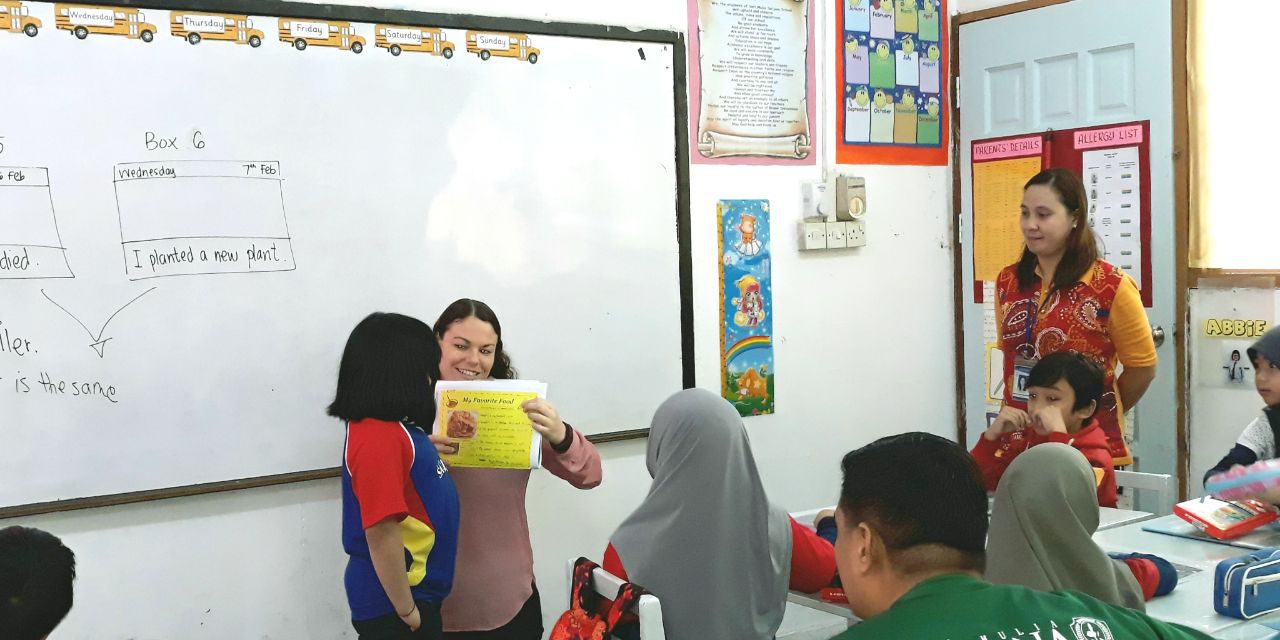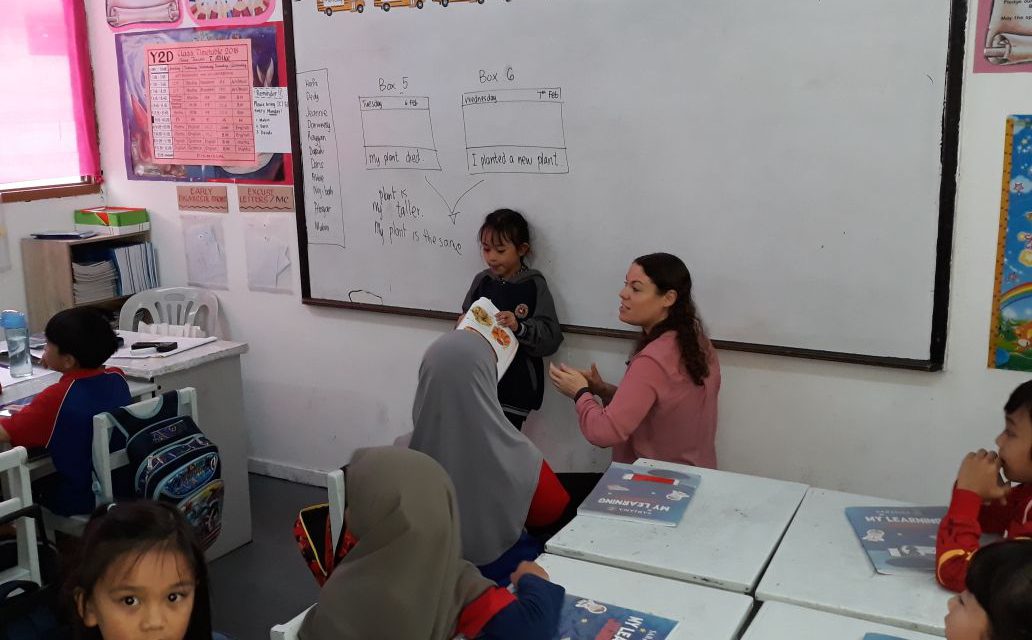Seri Mulia Sarjana school, with its continued partnership with Panaga International School, has been working on planning and preparing for the upcoming accreditation of the implementation of the International Early Years Curriculum (IEYC). In preparation of this much anticipated event, the school has invited Ms. Janice Ireland, one of the esteemed curriculum developers of the IEYC, to share her knowledge and skills about early childhood learning and development. Attended by all preschool class teachers, Panaga teachers, and school principals; the seminar consisted of three parts focusing primarily on evidences of what impacts learning and development, curriculum planning and implementation, and balancing adult-led and child-initiated learning.
The first session gave insights to everyone about the importance of knowing the sensitive periods of children’s development in early childhood. Moreover, Ms. Ireland talked about the positive and negative influences on early brain development, including findings from neuroscience research. She also introduced the implementation of ‘Sustained Shared Thinking’ into daily practices in the classroom. This practice occurs when two or more individuals ‘work together’ in an intellectual way to solve a problem, clarify a concept, evaluate an activity, extend a narrative, etc.
The second session involved a deeper understanding of how the IEYC started and its eight learning principles. A clear explanation of each part of the IEYC learning process was also shared by the speaker. This allowed teachers to share personal experiences about teaching and learning and raise questions concerning the implementation of each learning process. Important guidelines on IEYC assessment was also presented to further assist classroom practitioners in objectively evaluating each child.
The last session explained the differentiation between an adult-led and a child-initiated learning. In this part, teachers shared with their respective groups their own understanding of what this means. Anyone was free to contribute some ideas on how to balance these two concepts of learning. Ms. Ireland also provided an example on how to further
















